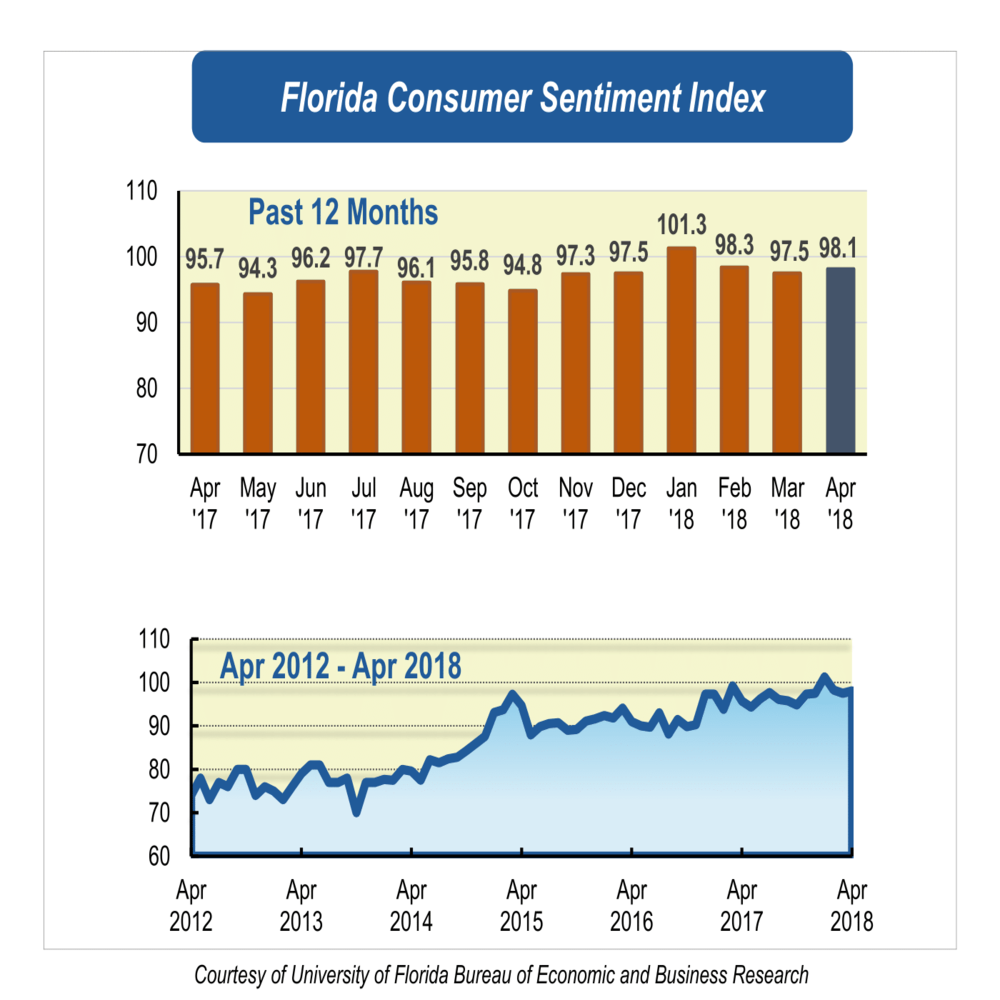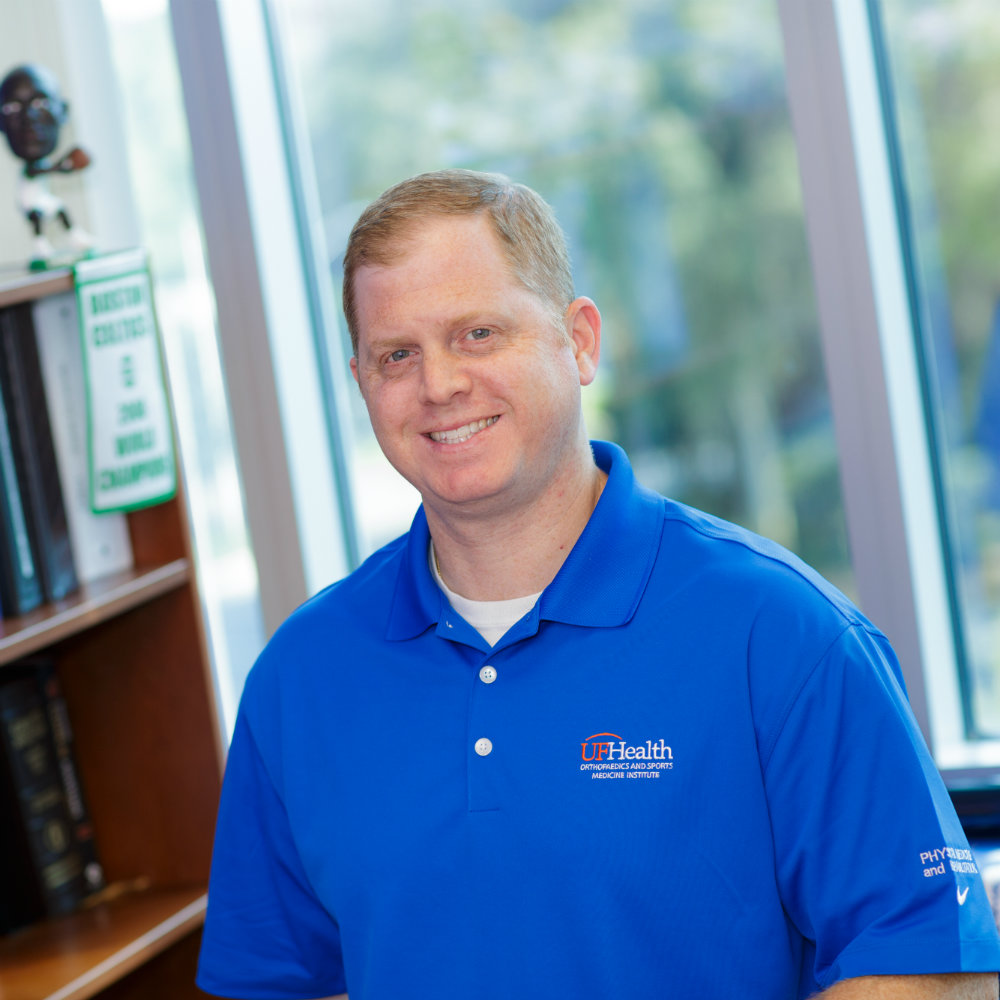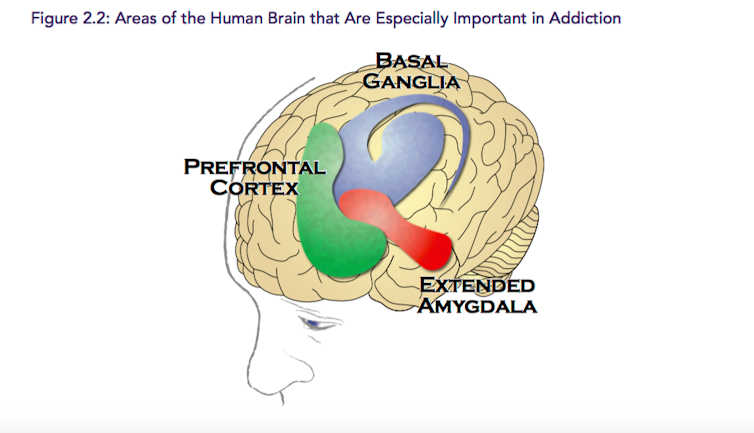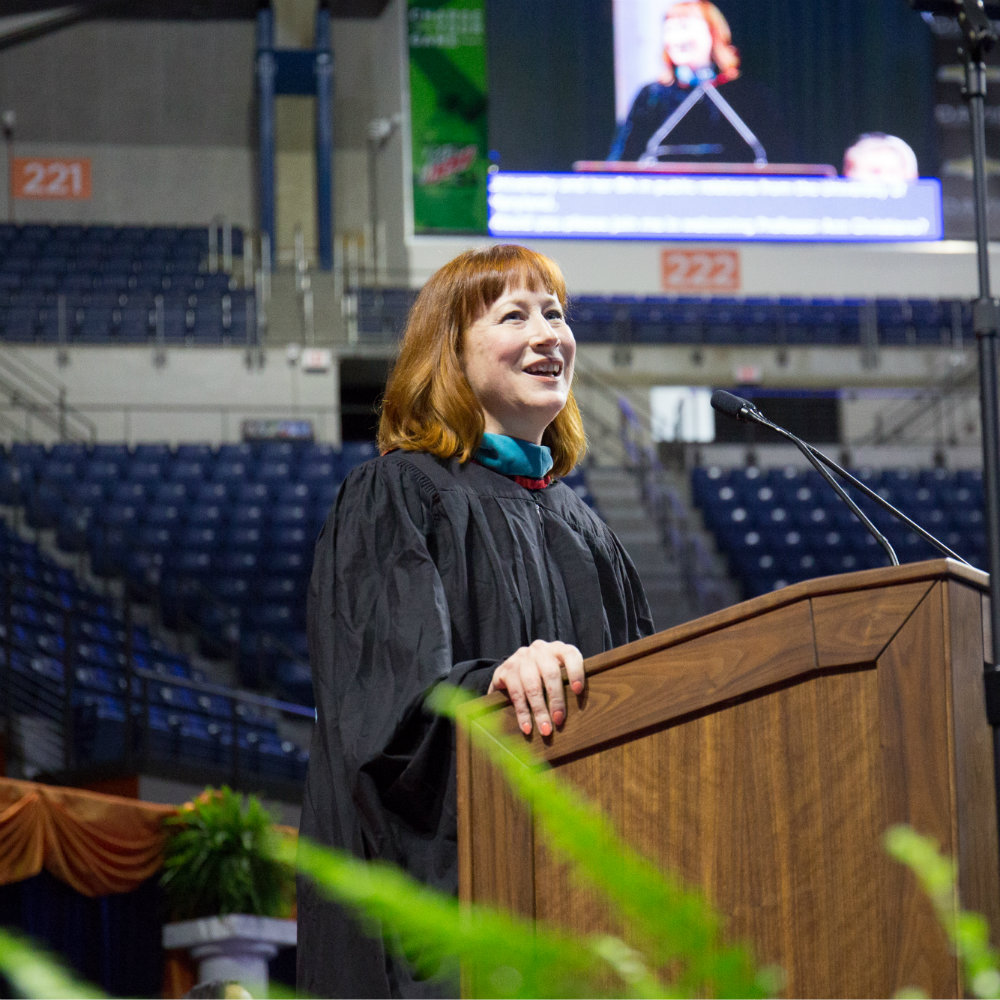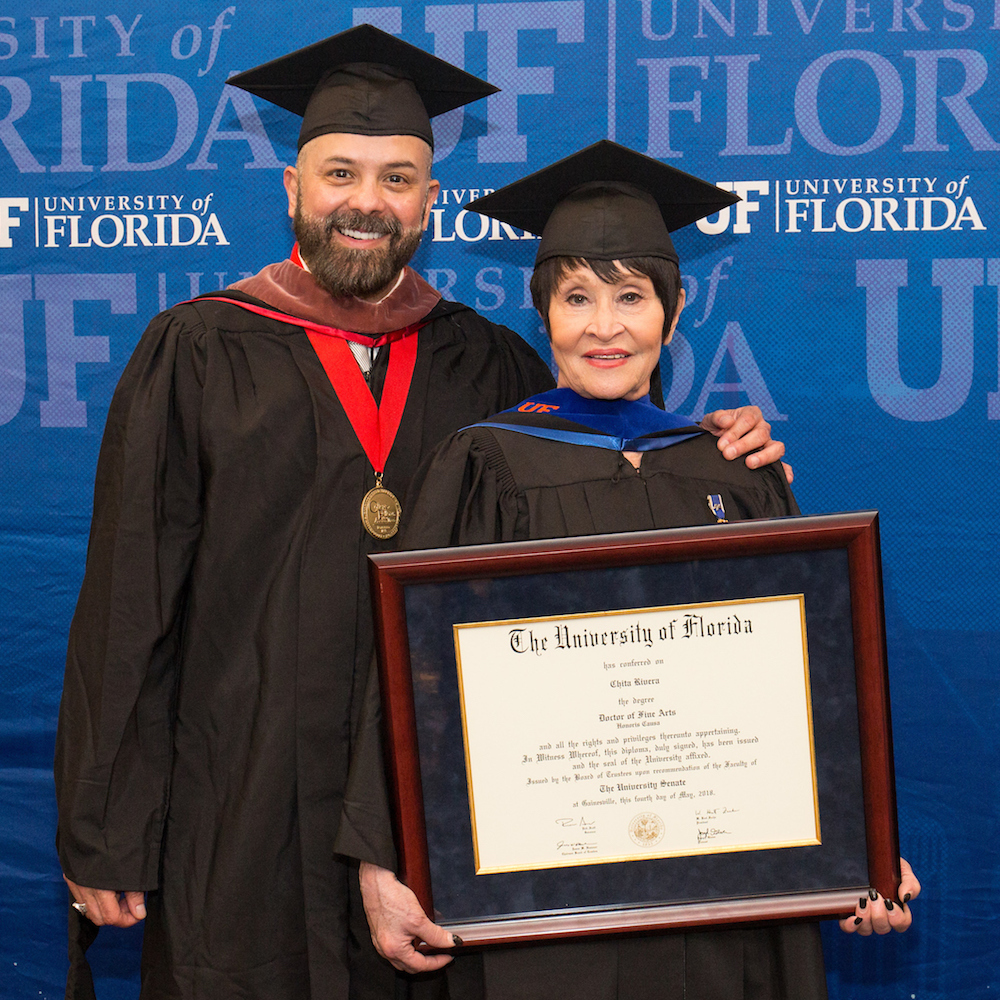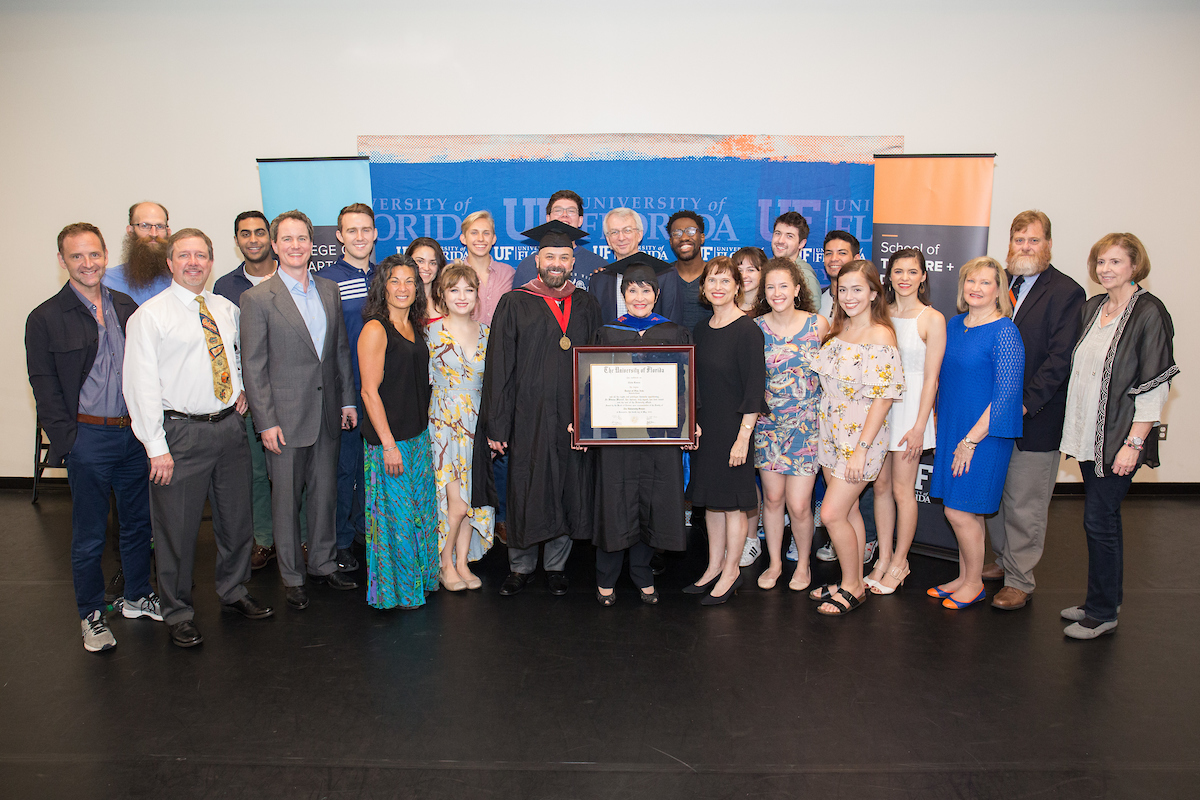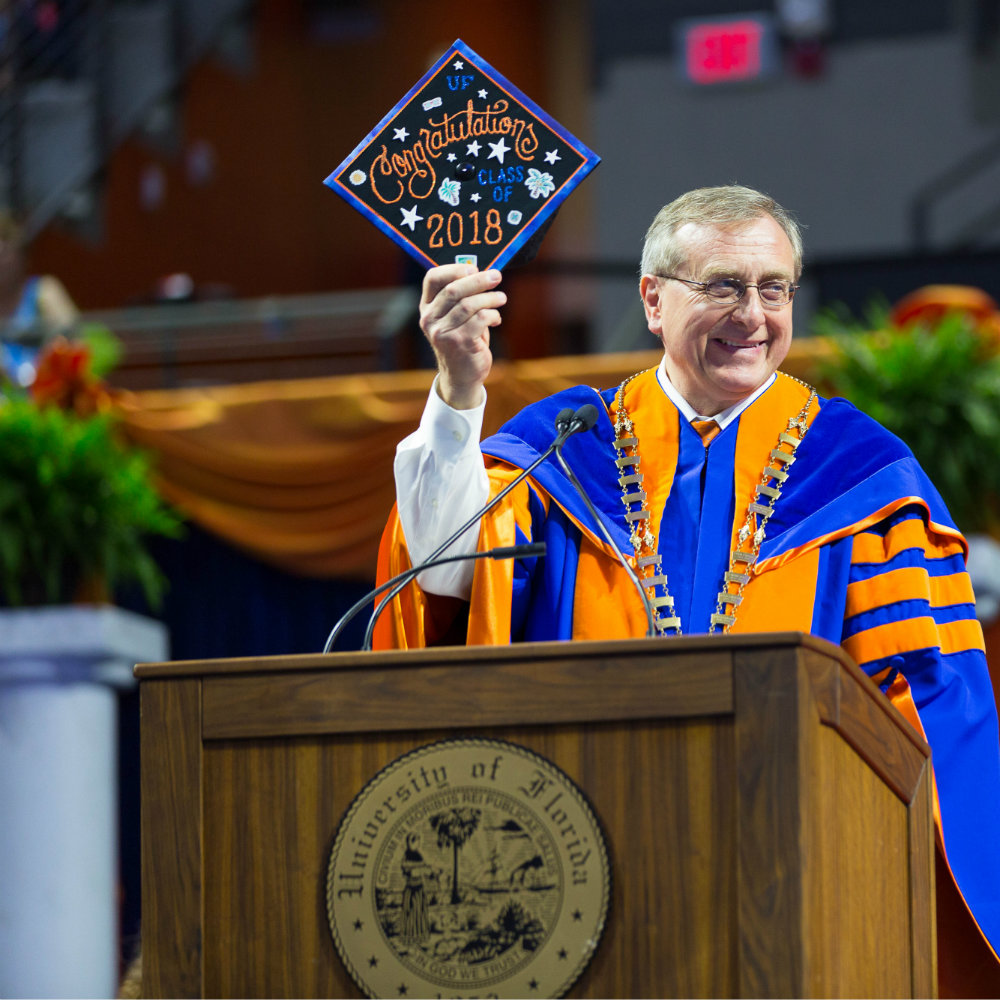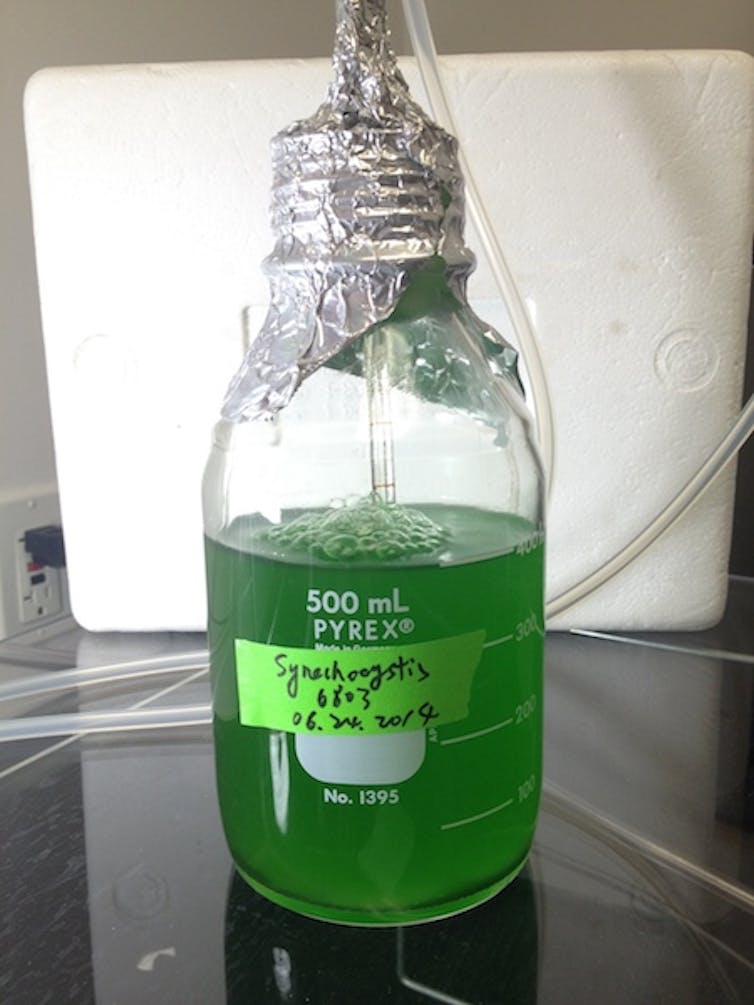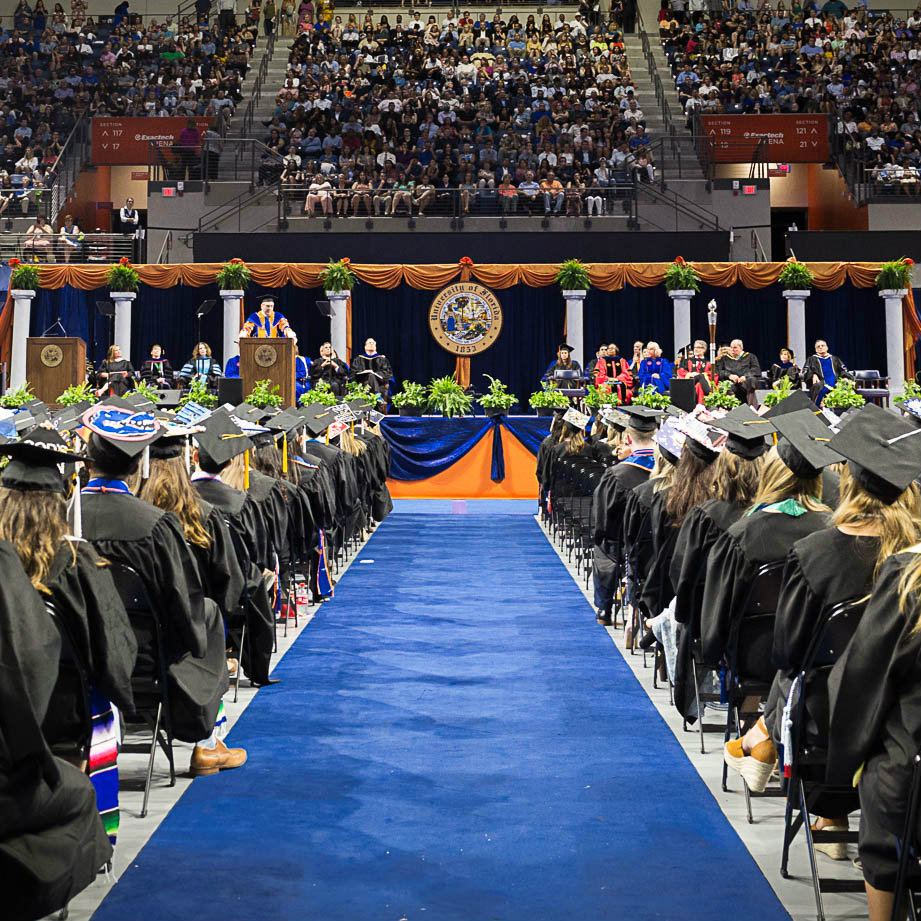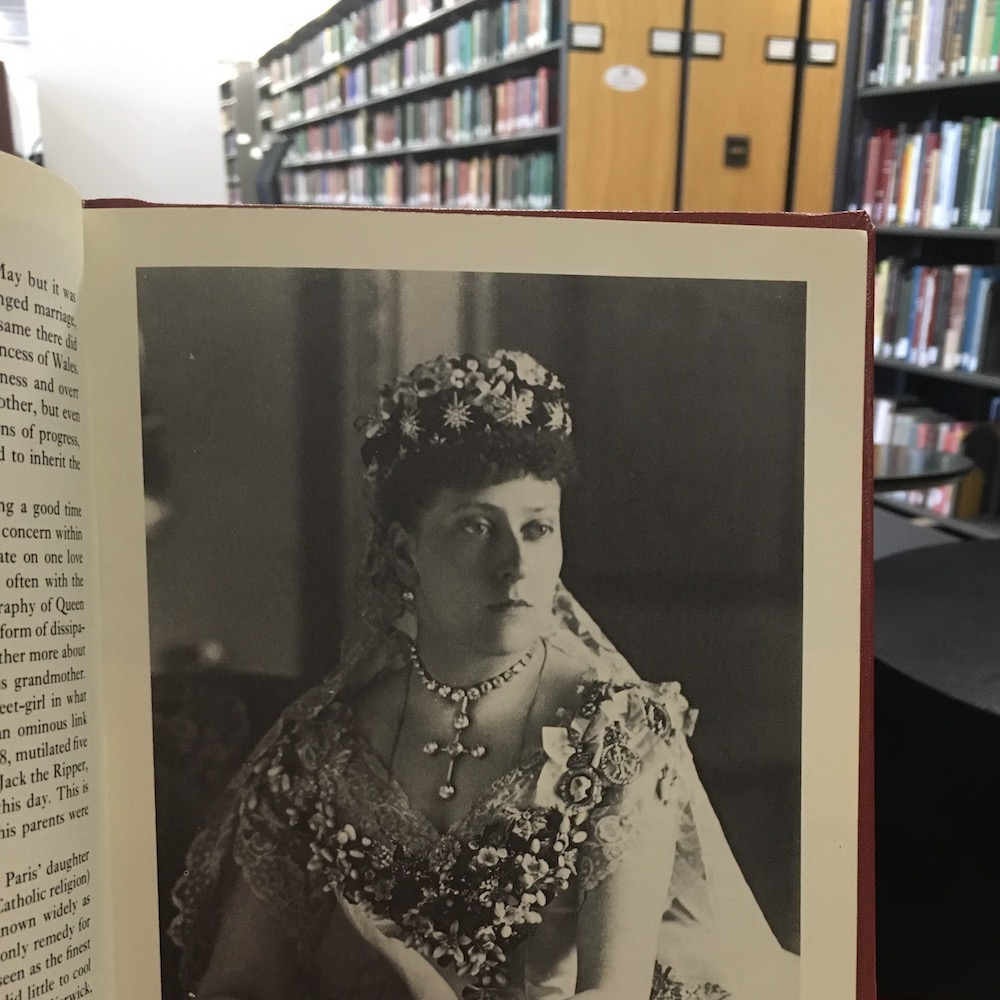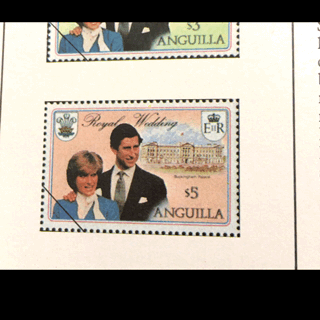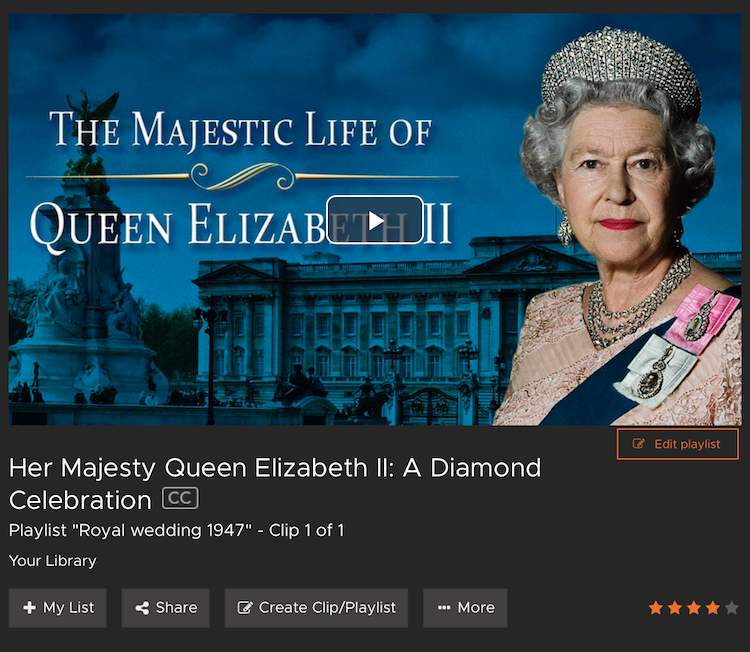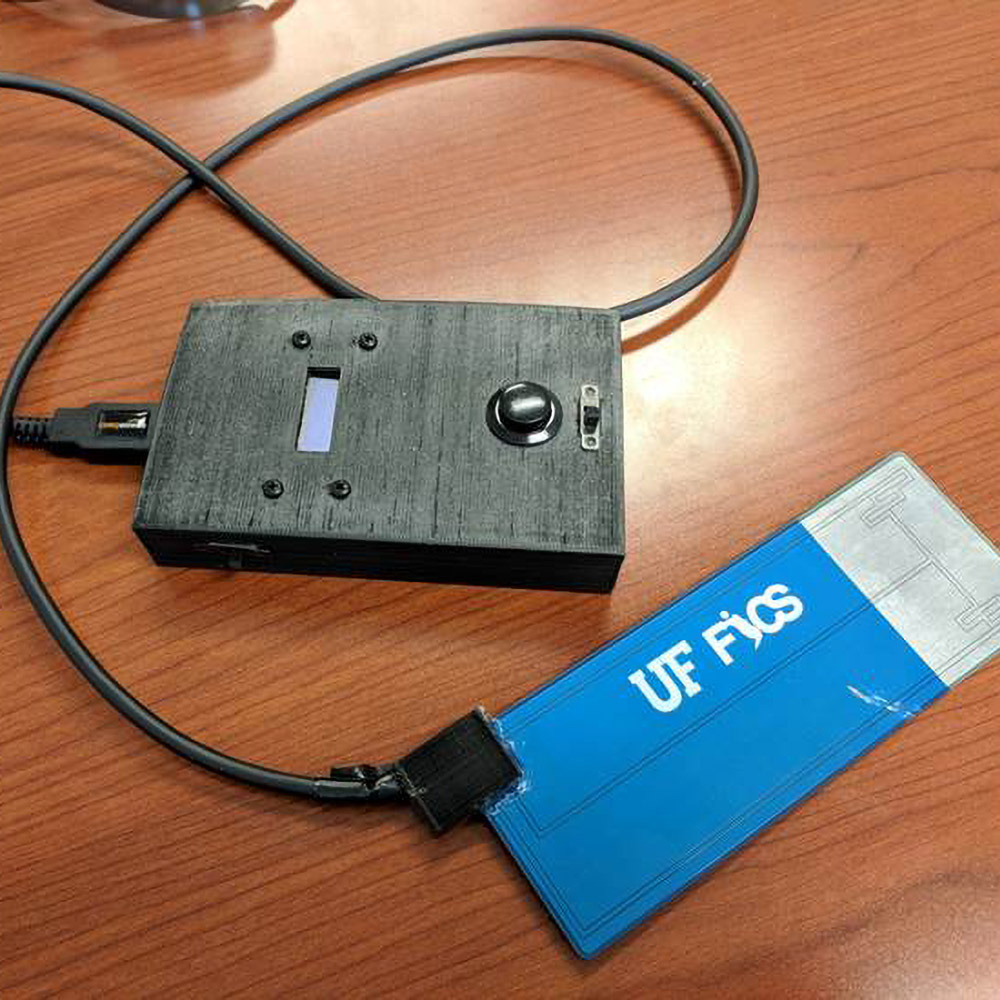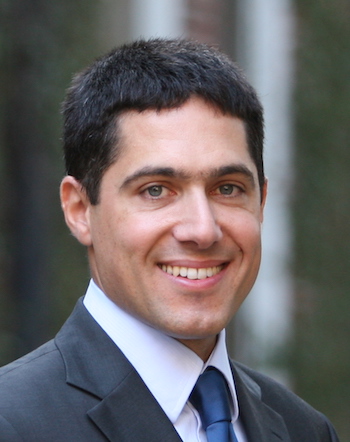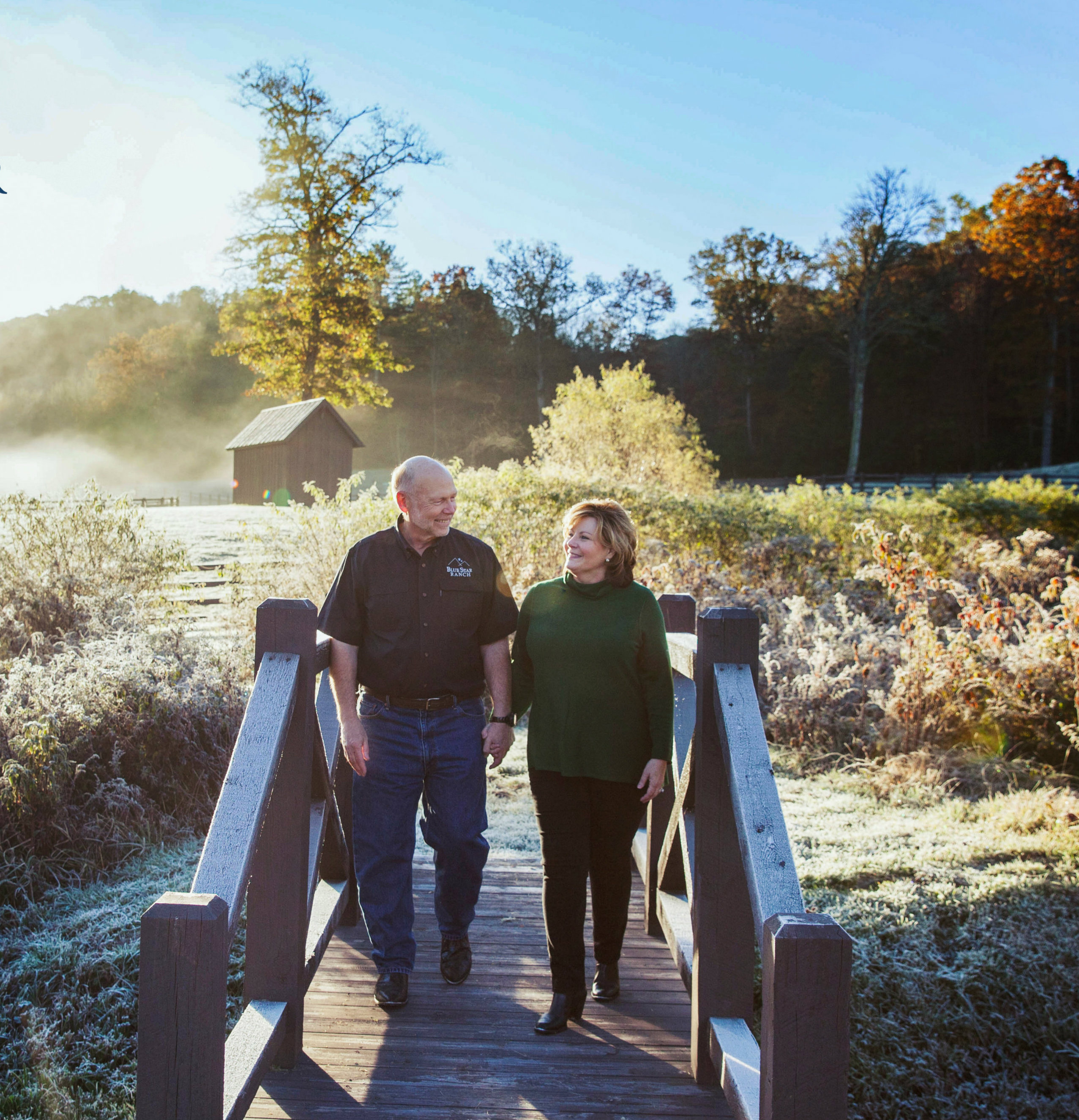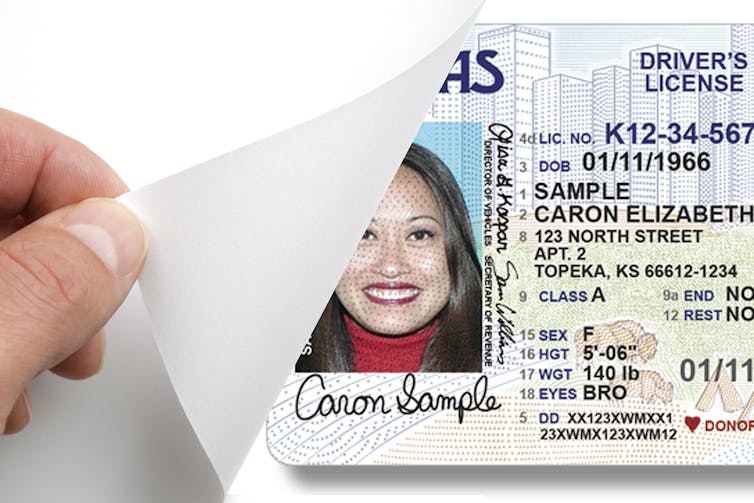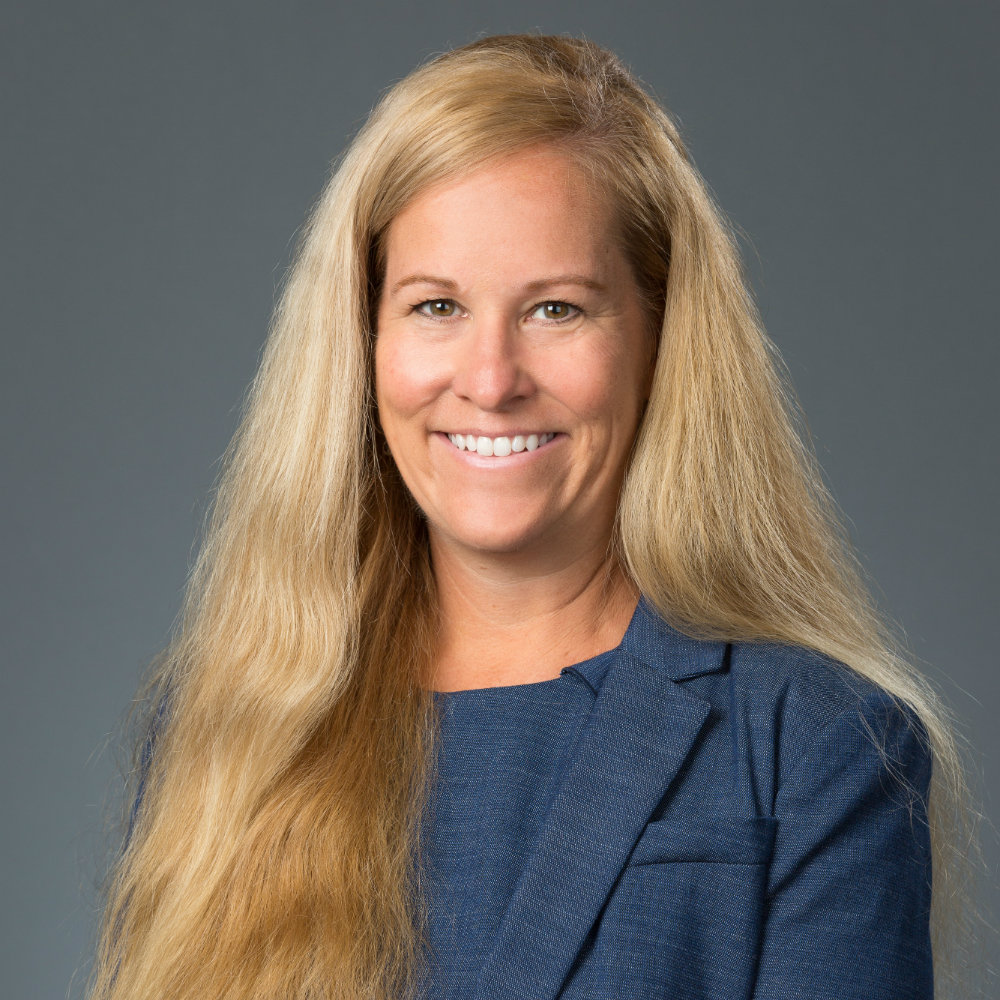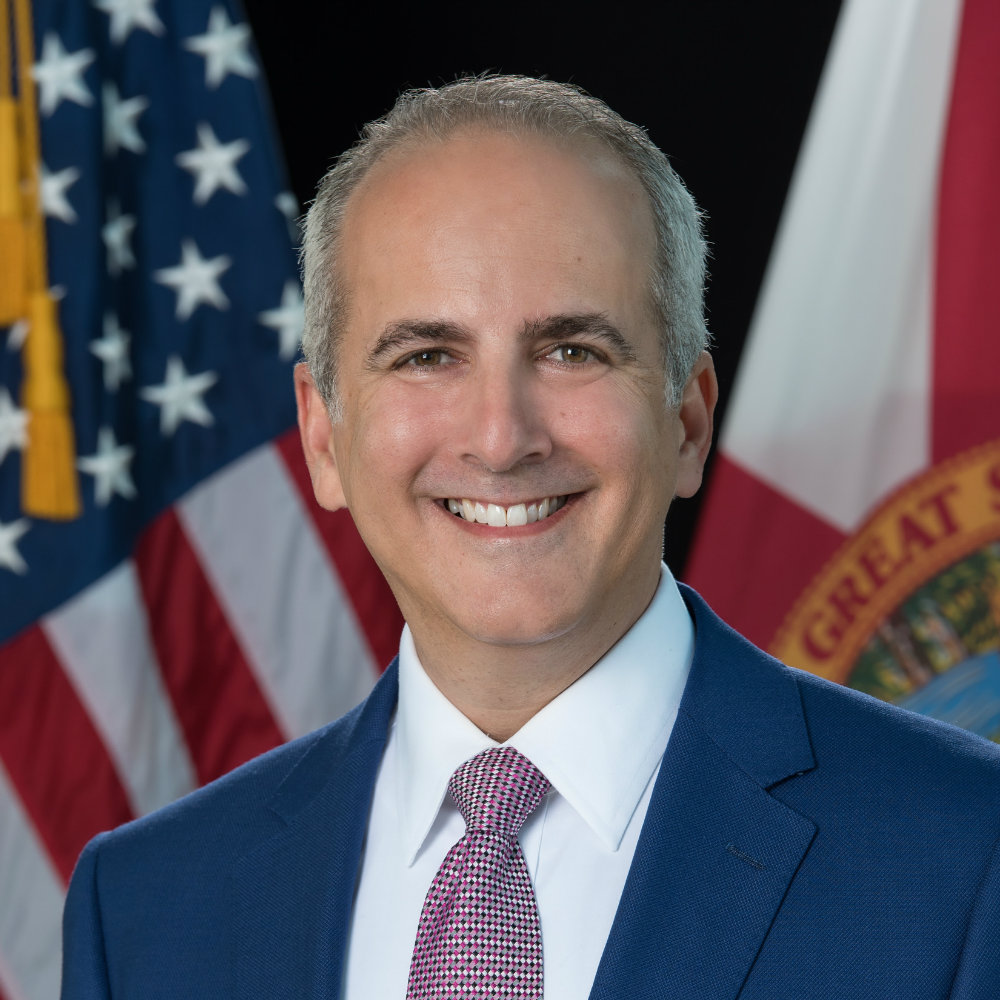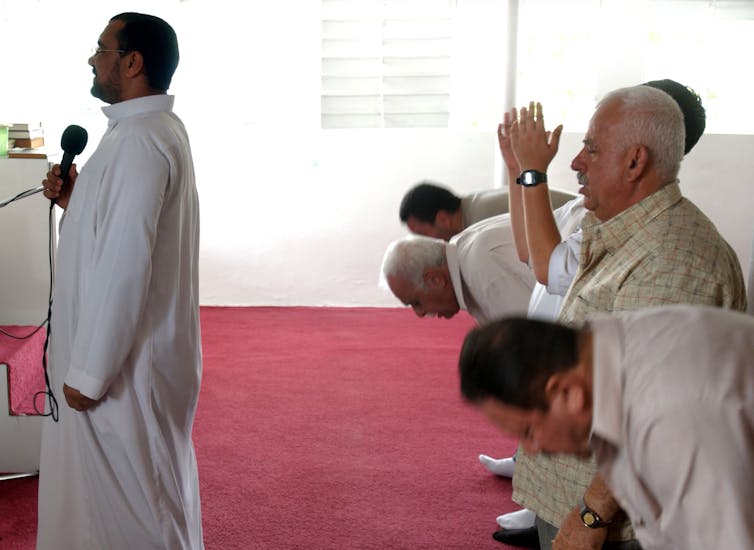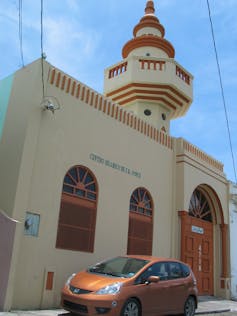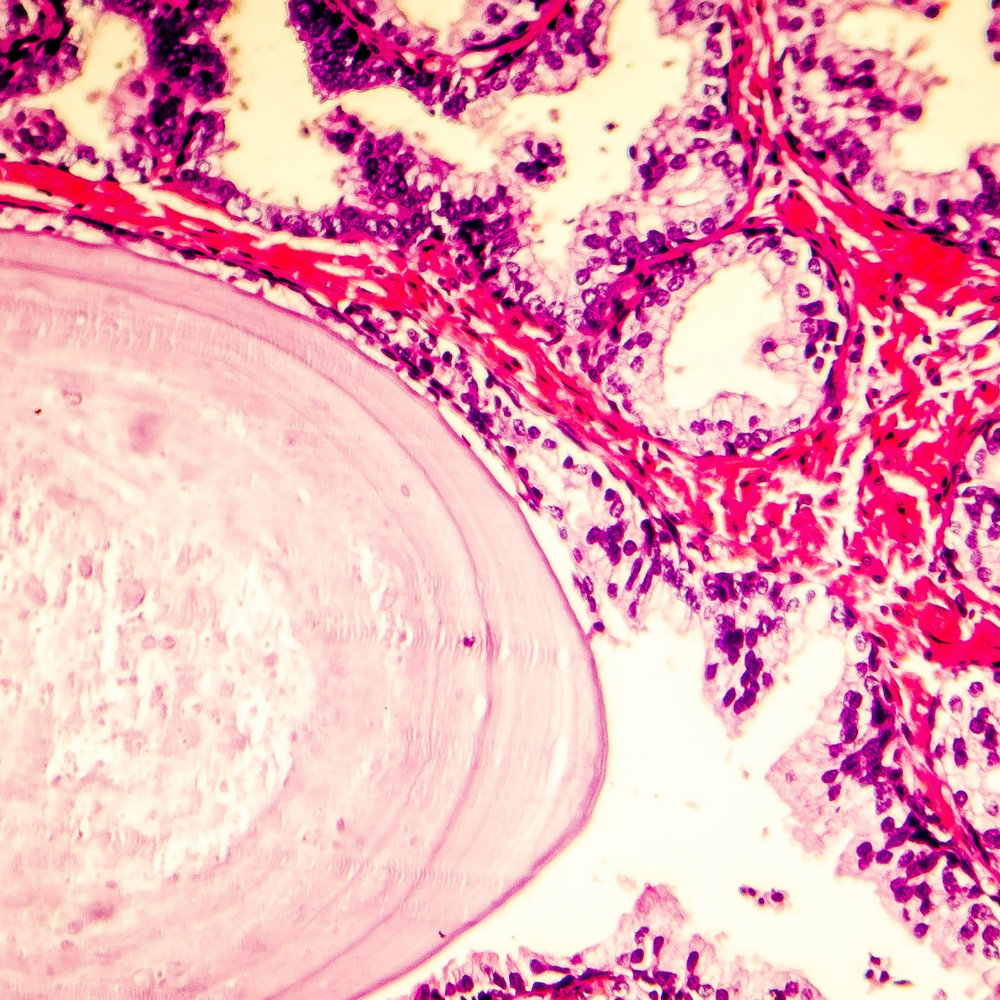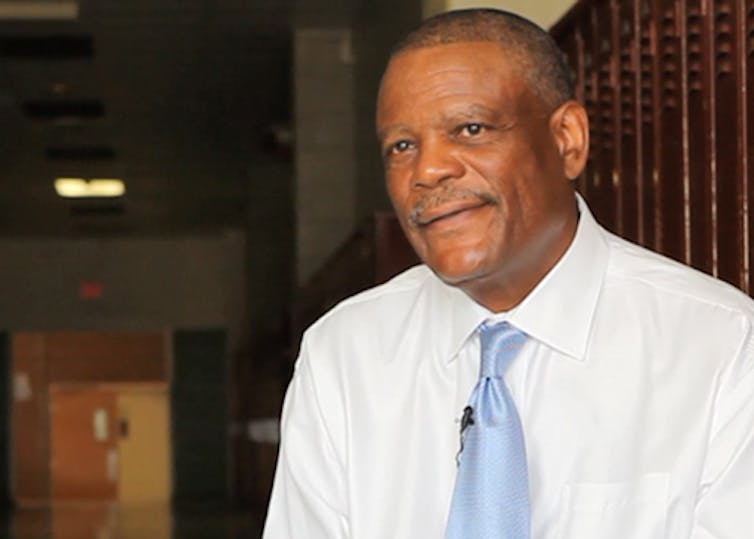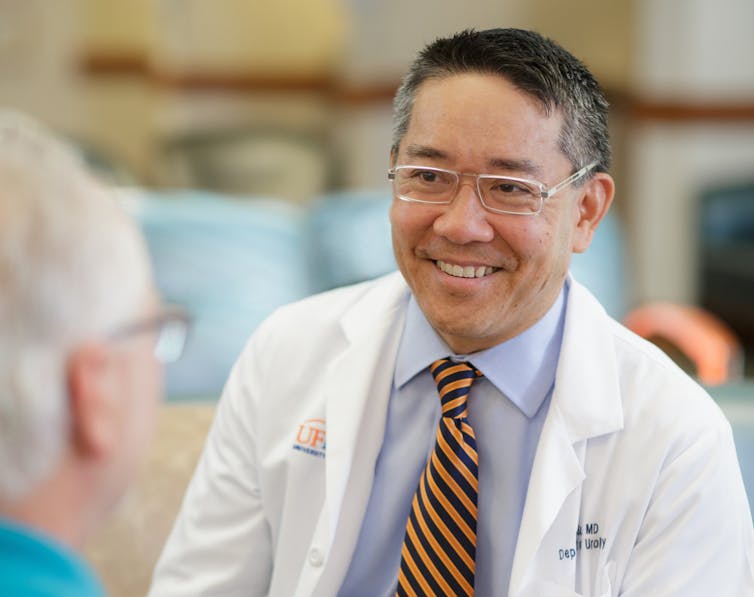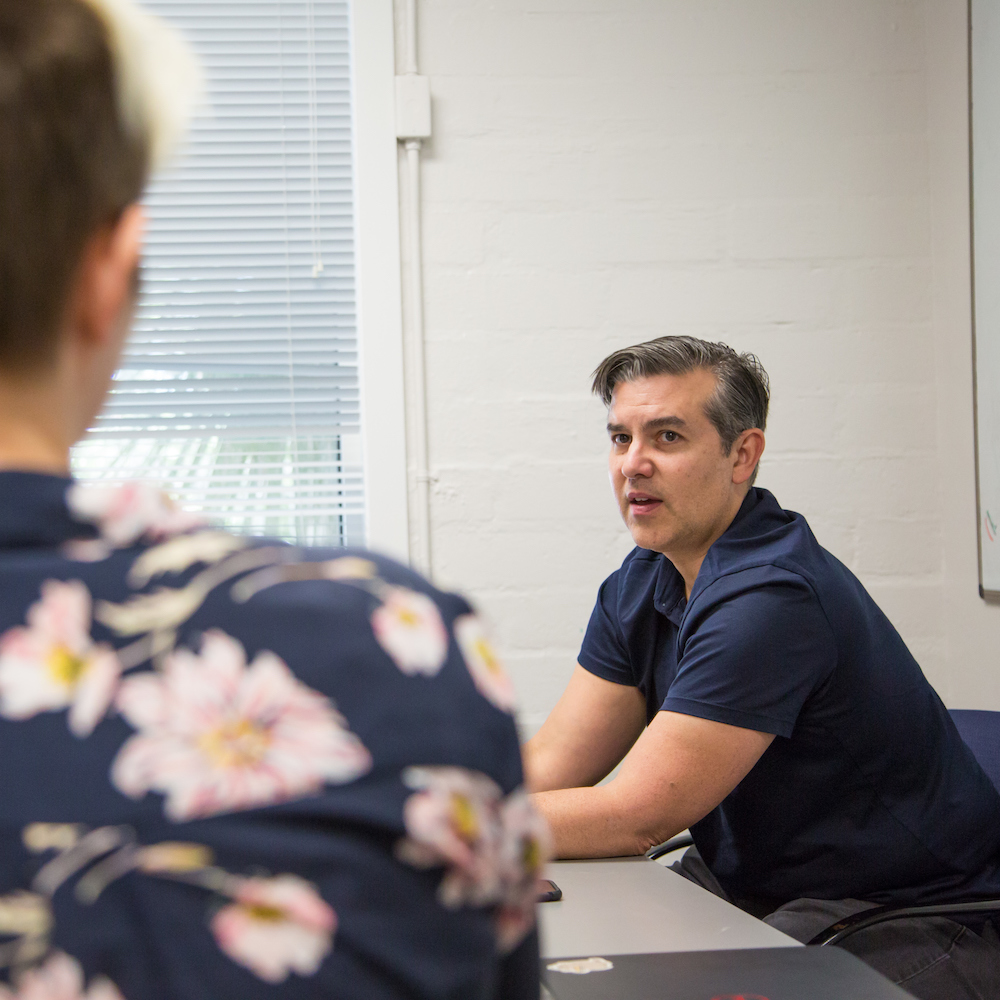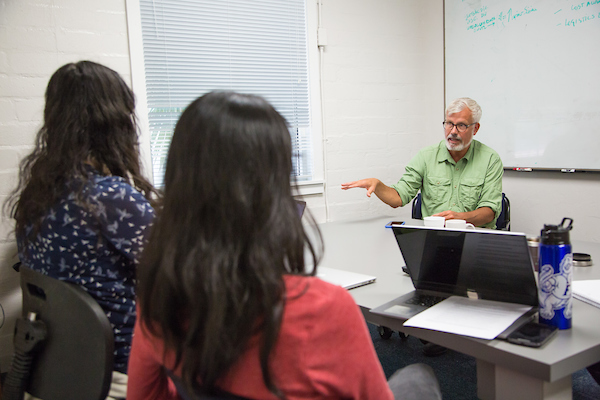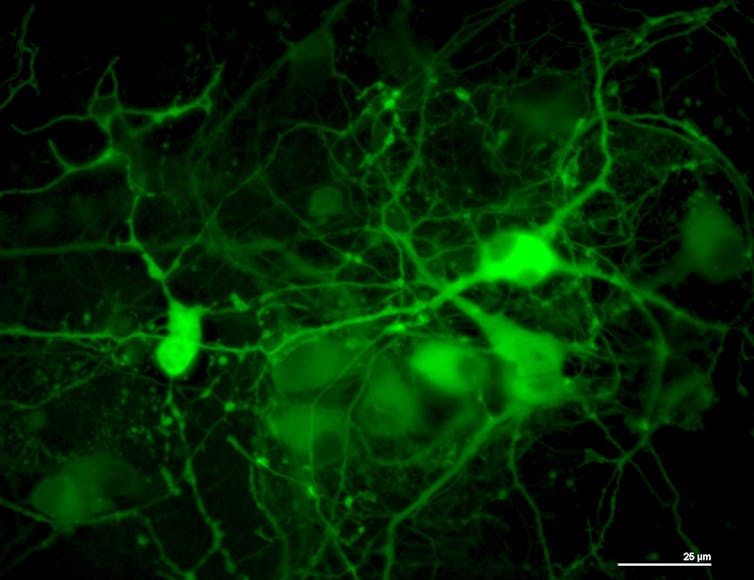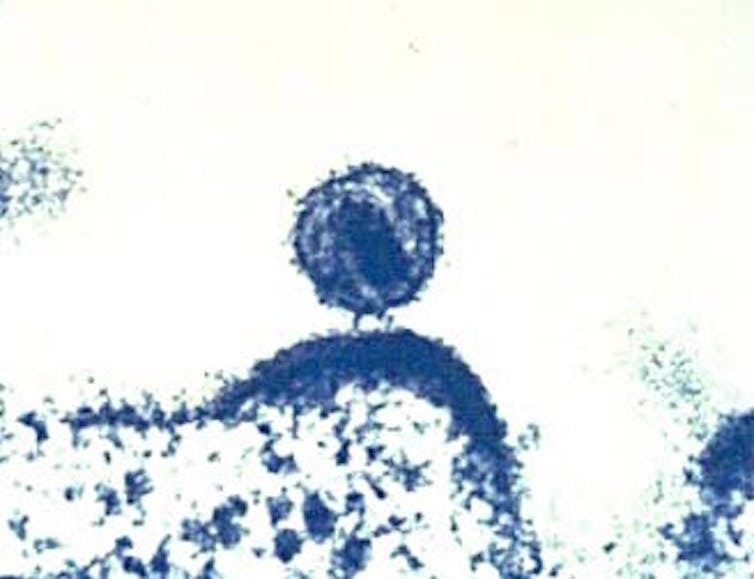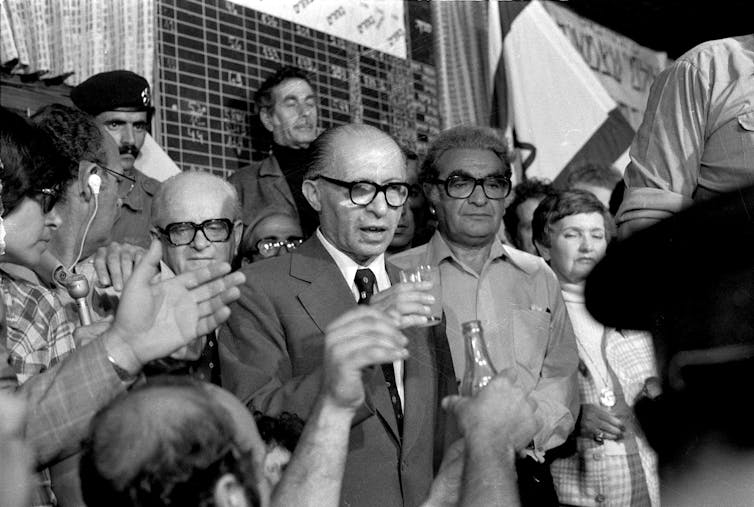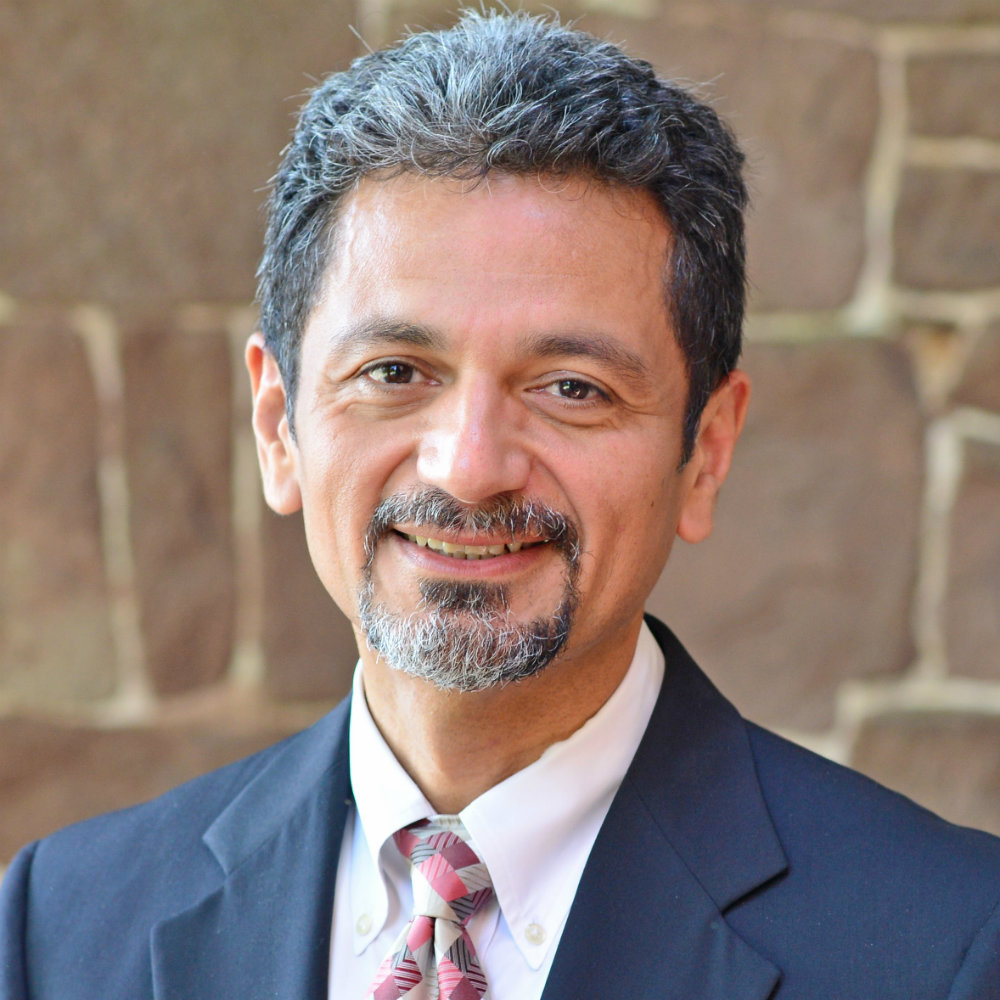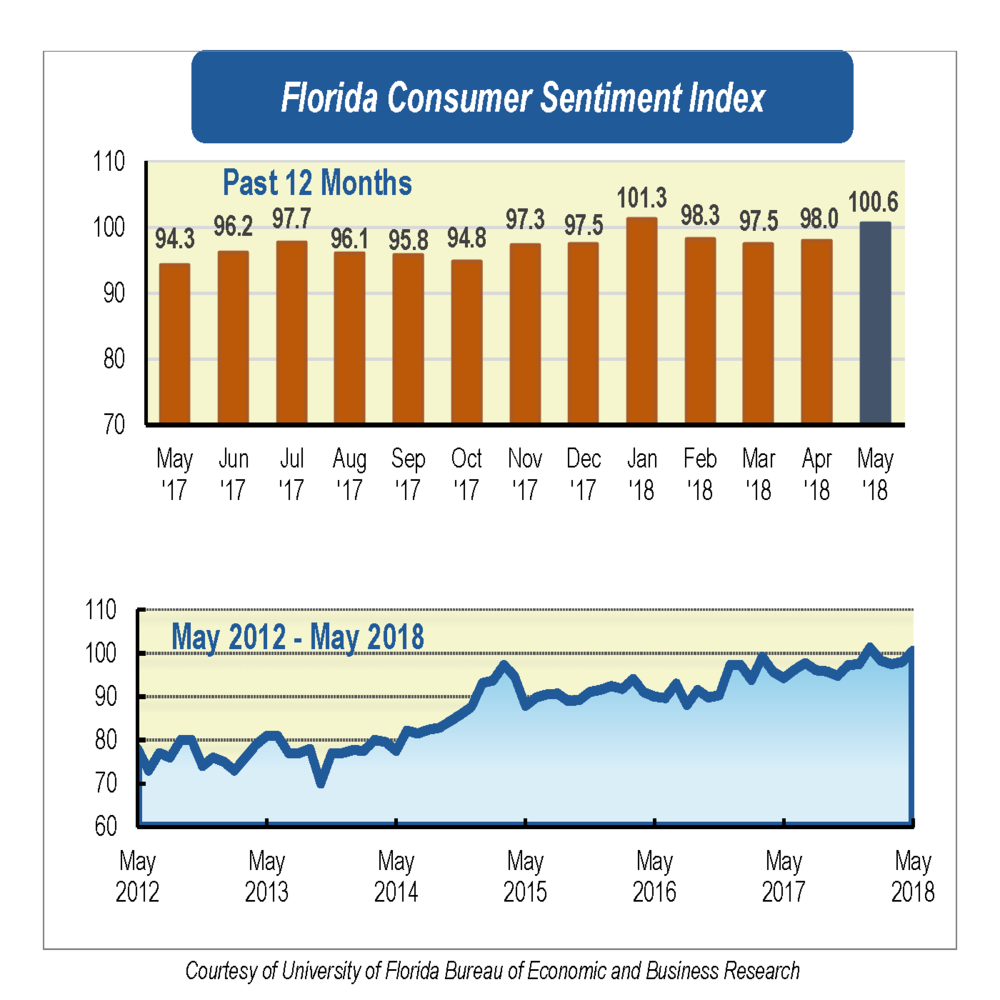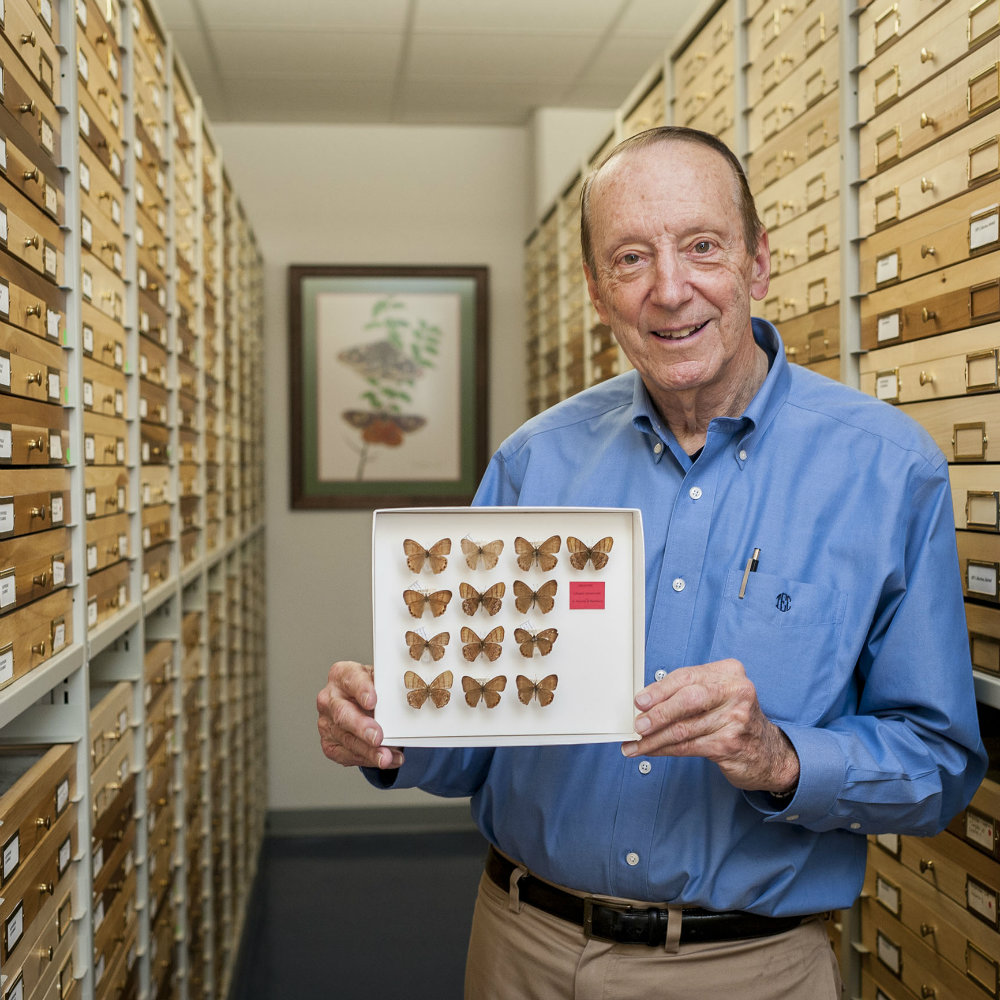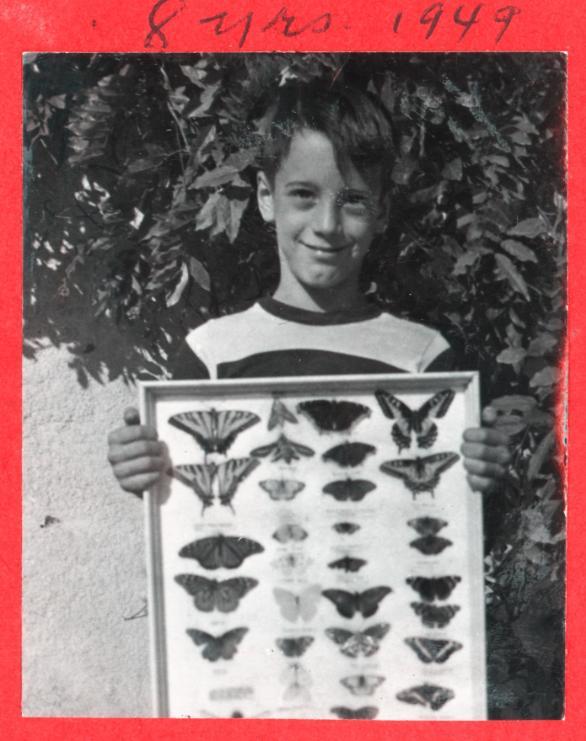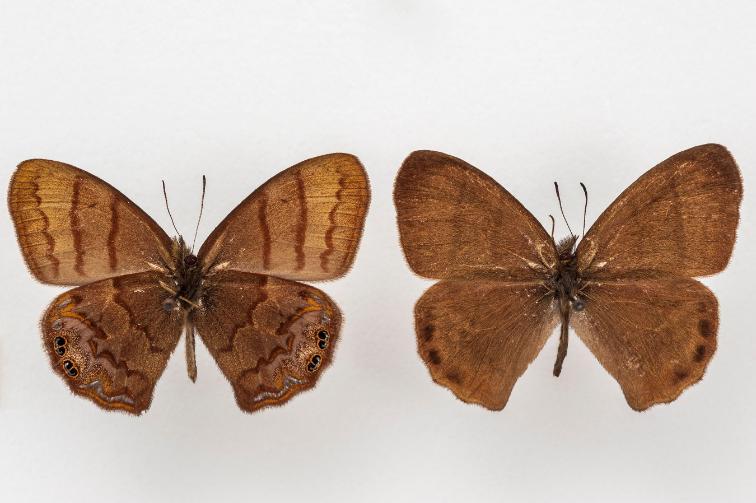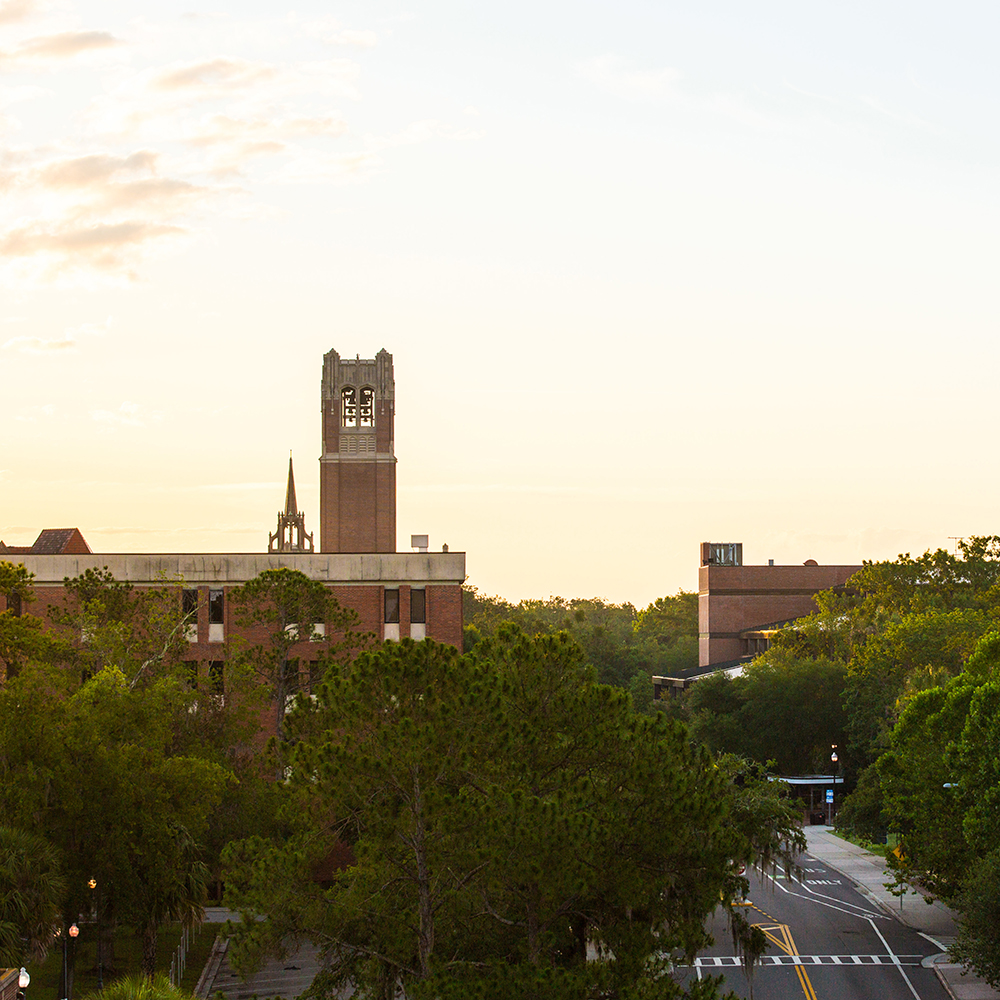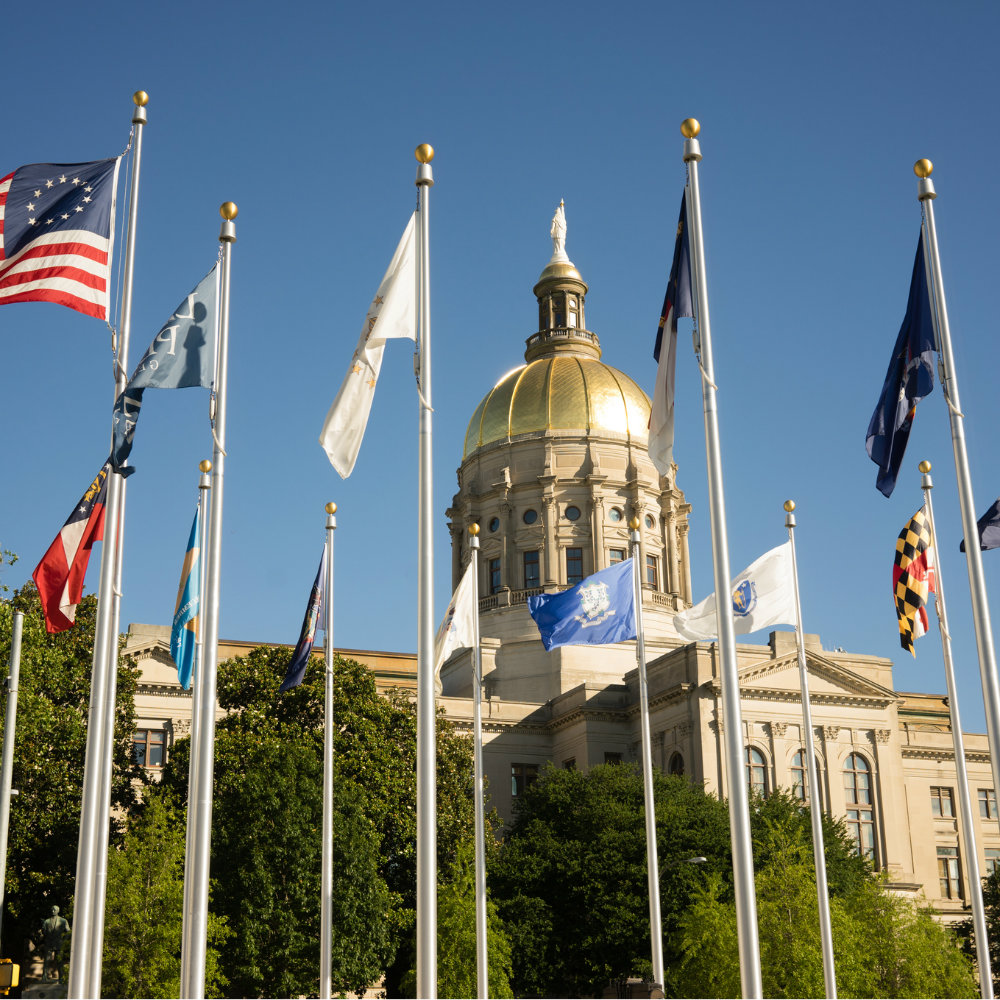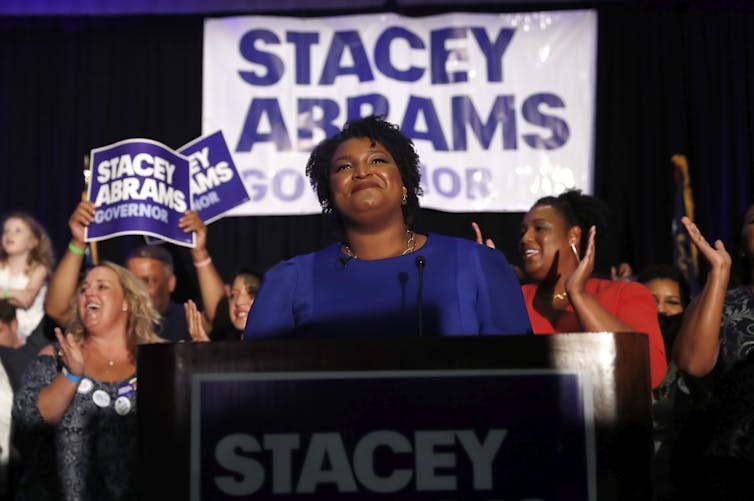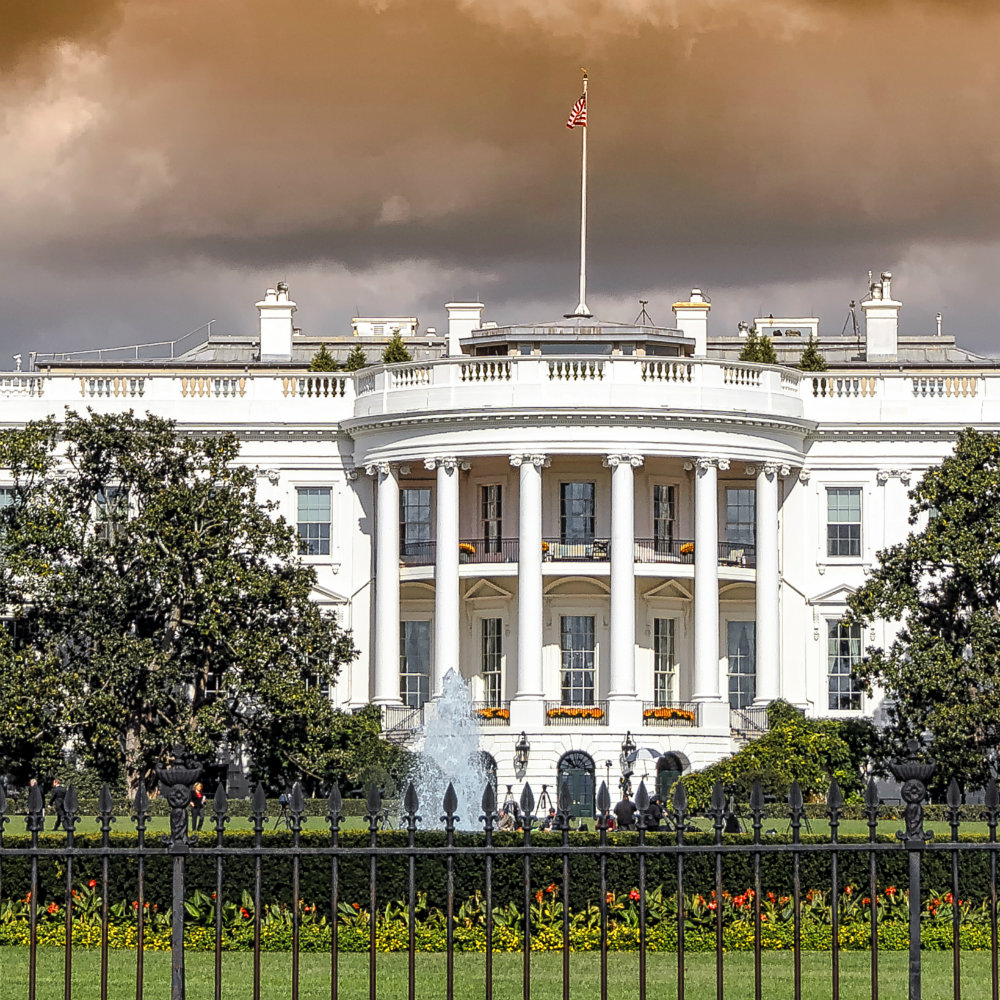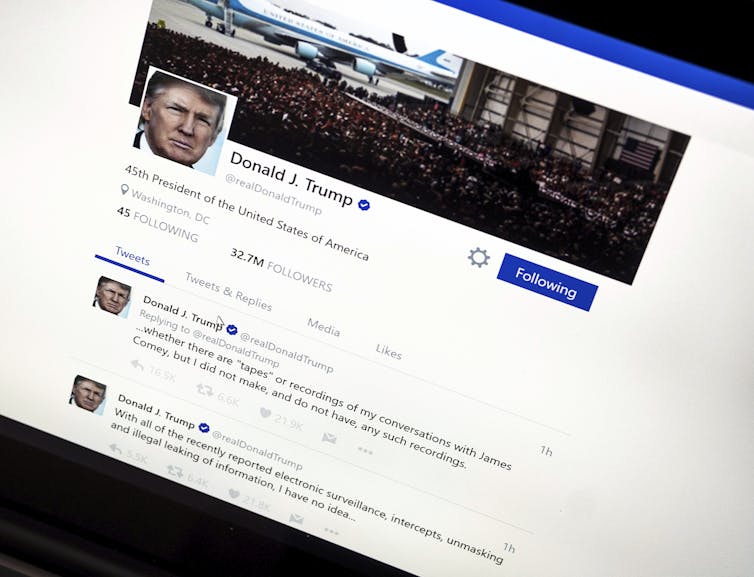UF President Kent Fuchs addressed graduates over the weekend during spring commencement ceremonies. His speech is below.
Before we begin, I want to say as I did at yesterday’s graduation, that we are so proud of the nearly 10,000 students who are UF’s Spring 2018 graduates.
Yesterday, we inappropriately physically rushed a number of students across this stage.
I want to apologize personally, and on behalf of the University of Florida. I want our students to know that we have changed that practice, and we want each of you to know we celebrate with you...your graduation and your accomplishments
…
Graduates, I am so happy that you have completed your exams, papers and projects,
and that together this year we survived Tide Pods, and the stiff-armed dance.
Your graduation from the University of Florida is an incredible achievement … one that will remain with you forever … one that no one can ever take away:
Today, you graduate from one of the nation’s great and greatest universities!
I love two things about commencement ceremonies.
First, this is the day we are celebrating the achievements of you, our students.
Today we are celebrating every one of you.
Second, I’ve come to love the pomp, pageantry and regalia of commencement, and how it represents a community of scholars.
Just look at what all of us are wearing.
For my regalia, I get to wear this robe and this gold chain.
It’s officially known as the “chain of office.”
But I call it my “president’s bling.”
The chain is etched with the names of all previous UF presidents, and this medallion includes a 1.3 carat diamond.
The diamond was manufactured in collaboration with our materials science and engineering department.
UF researchers engraved the diamond with tiny one-micron photographs of all the previous 11 presidents using a focused ion beam.
The photographs are so small they can only be seen with an electron microscope.
Someday, when they etch my tiny photograph on the diamond, I am going to insist that
I’m holding a wiener dog.
Or maybe the photo will be a selfie!
My colleagues’ regalia here on the platform represents their alma maters, particularly where they obtained their graduate degrees.
When you cross the stage for your individual recognition this morning, you’ll shake the hand of your college dean.
Let me show you some of their regalia.
Would the Associate Dean of the College of Design, Construction and Planning, Abdol Chini, please stand?
Dean Chini’s regalia represents his alma mater, the University of Maryland at College Park, where he earned his doctorate in structural engineering.
Thank you Dean Chini.
Would the Dean of the College of Journalism, Diane McFarlin, please stand?
Dean McFarlin earned her bachelor’s degree in journalism from our very own UF College of Journalism and Communications. The color of her hood, which she describes as “burgundy,” signifies the journalism degree.
She says that the color clashes with orange and blue and might seem more suitable for a certain university up the road in Tallahassee. But, Dean McFarlin is hugely proud to wear her hood and to represent journalism! Thank you Dean McFarlin.
Would the Dean of the College of Health and Human Performance, Mike Reid, please stand?
The three bars on Dean Reid’s sleeves and blue trim on his robe signify his PhD degree, which is in physiology. His orange and blue hood reflects his alma mater, the University of Texas Southwestern Medical School. He’s also wearing a medallion
from the University of Kentucky, where he was a professor and chair before coming to UF. Each of his sons wore the very same medallion when they graduated the University of Kentucky.
Thank you Dean Reid.
Graduates, along with your tassels representing your disciplines, many of you are wearing personally customized mortarboards.
Some of you shared photos of your decorated mortarboards on social media, and there are some great ones here today.
I decided for the first time in the history of commencements that the president should also decorate his mortarboard!
In researching the tradition of commencements and our regalia, I discovered Stephen Wolgast, a journalism professor at Kansas State University who studies the history of academic dress.
Mr. Wolgast edits The Transactions of The Burgon Society which was “founded to promote the study of Academical Dress.”
Yes you heard correctly.
I did say “academical.”
And graduates, you certainly look “academical” today!
We spoke by phone with Professor Wolgast in his office at Kansas State in Manhattan, Kansas.
He explained that our robes trace their origins to the common clothing of medieval Europe and the earliest universities of the 1100s.
Those universities were connected to religious orders, so scholars wore simple robes to indicate their humility.
Professor Wolgast said that in the U.S., the first references to academic robes occur in the 18th century, before the American Revolution.
At Columbia University in New York City, the fifth-oldest U.S. university, students were required to wear robes all the time, like uniforms.
Mr. Wolgast said this was done to discourage students from misbehavior, such as visiting a seedy neighborhood nearby.
I wonder what it would be like here at UF if we had such a policy.
Midtown would never be the same!
If we were to require students to always wear robes, it would only be fair if we required the same of the faculty … and maybe the President should always wear a wig!
The tradition of gowns faded between the Revolution and the Civil War but returned for commencement ceremonies as universities transitioned from elitist to public institutions in the latter half of the 19th century, including here at UF.
This renaissance was aided by a single enterprising graduate of Williams College named Gardner Cottrell Leonard.
Gardner either didn’t get to wear a gown, or didn’t like the one he did wear, at his Williams commencement ceremony in 1887.
Subsequently he visited England to study regalia and began writing articles and speaking about it in the U.S.
In fact, we owe the various colors for the disciplinesin tassels and hoods entirely to Gardner’s creativity.
He chose green for medicine, for example, because it reminded him of the color of herbs used in healing.
Many of Gardner’s ideas were codified in the 1896 Intercollegiate Code of Academic Costume, the basis for commencement regalia to this very day.
I love how this commencement ceremony celebrates your individual achievements.
Indeed, we will recognize your personal accomplishment in a few minutes when each of your names is read aloud as you cross the stage.
Yet this ceremony also identifies us as an “academical” community of scholars, bonded across centuries.
In this, we join other scholars across the globe while affirming we are part of our own unique University of Florida community.
As students, you’ve grown tremendously from being part of this community and all the many smaller communities within it.
You’ve learned how to work together in the micro-communities we call teams.
You’ve nurtured personal passions with like-minded students in groups and campus organizations.
You’ve felt the power of becoming one with thousands of others in the stadium or here in the O’Dome in the community of fans.
Being part of a community can sometimes be difficult, as you may have discovered when you struggled with fellow students you didn’t agree with, found hard to work with, or who had different visions.
But communities can also have an enormous impact, greater than simply the achievements of the individuals in the community.
The power of a community can be profound, indeed transformational, particularly when people with different talents and different life experiences work effectively together.
Let me give two examples --
More than 10,000 people start fundraising campaigns through GoFundMe every single day, ]and more than $5 billion has been raised through this community of philanthropy.
In the world of science, citizens around the globe are crowdsourcing scientific progress that no single individual could accomplish on their own.
Here at UF, even I took part in a crowdsourcing effort last month, led by the Florida Museum of Natural History, to catalogue butterfly species online.
There is nothing more beautiful than an orange and blue butterfly!
The power of a community can also be very personal.
Just think about the person you are today, compared to the person you were on the day you first arrived here on campus.
The difference in you arises from two things:
First, what you have learned and achieved on your own …and second … and even more important … what you have learned about working and living in a community and what you have been able to achieve because of the UF community.
Graduates, my request, as you leave UF, is that you will strive to build, be part of, and lead communities wherever you are headed – for you have only just begun to experience the power of community.
Indeed, your potential for creating, being a part of, leading and harnessing the power of communities is greater than any graduating class before you.
Your communities can consist of just a handful or thousands of people.
Your communities may be broadly enabled with technology, or they may be local and physical.
I encourage you to embrace these communities, from your new coworkers to your new neighbors, from your new urban centers to suburbs to rural lands.
With your UF degree, you will achieve great things as individuals.
I know you will achieve even more by being a member and leader of your new communities.
Through the power of your communities, the UF Class of 2018 will make a difference in the grand challenges facing our world, including poverty, healthcare, shelter, food and water for all the planet’s people.
I also know that you will make a positive difference in the local communities where you live and work, and in the lives of those you encounter throughout the remainder of your life.
Finally, although you are about to become a member of many new communities, I ask that you never leave your UF community.
However much change you experience beyond this campus in the coming years and decades, the University of Florida will always be here, and we will always be here for you.
In researching commencement traditions I learned that the phrase “alma mater” means “nourishing mother.”
Graduates, we are a family.
I can’t be your nourishing mother, but I’ll always be your Gator dad!
Let me leave you with an old Irish blessing that expresses my personal affection for each one of you.
May the sun shine gently on your face.
May the rain fall soft upon your
May the wind be at your back.
May the road rise to meet you.
And may the Lord hold you in the hollow of his hand.
Until we meet again.
Graduates, congratulations!
Campus Life
